|
My white squirrel died. Of course it wasn’t my white squirrel. It belonged to the neighborhood. And oddly enough, it wasn’t even the first white squirrel—there was another one before it. I live in an 1892 brownstone apartment building in one of the older neighborhoods in St. Paul. When I moved here four years ago, one of the things that charmed me the most was the white squirrel who lived in the ash trees in front of my building. Every time I spotted that bobbing bit of white, I felt that good things were on the way. There’s a deck at the back of my building, and even though the light isn’t ideal, I’ve had moderate success growing container plants in my little bit of outdoor space. Maybe because they have to try harder, the cherry tomatoes are especially flavorful. The white squirrel must have thought so, too, because I once caught it sitting on the rail, helping itself to my tomatoes as if they were its birthright. One day, heading home from a walk, I saw two white blurs ahead of me. The white squirrel sometimes looked like a plastic bag from a distance, so I assumed there were either two plastic bags blowing around or else the white blurs were my squirrel and one bag. I got closer and realized there were actually two white squirrels. Double the luck! The second squirrel started hanging around more often, and if I got close enough I could tell them apart. The original squirrel seemed older, a bit more bedraggled. And soon I didn’t need to be close to tell them apart. The first squirrel showed up one day with half its tail missing. Whenever I saw it, I tried to maintain eye contact. You’re a scrappy one, I thought at it. Good for you. In early spring this year, I got a glimpse of the half-tailed squirrel and was relieved to see that it had made it through the winter. But that one glimpse was all I got. The squirrel never showed up again. I hope it at least got the chance to enjoy a little spring sunshine on its fur. The second squirrel now became the resident squirrel. And occasionally another white squirrel I recognized from my walks dropped by. This third white squirrel had a bristly tail that looked almost like a toilet brush. Its eyes were darker and it wasn’t as shy. the third white squirrel I began seeing the resident squirrel more often—in the tree branches in front of my window, along the fenceline across the street, in the shady alcove next to the steps. Sometimes it was in the parking lot. Its flat-footed hop seemed different from that of other squirrels, as if its feet were flippers better suited to water than land. My mom loved the white squirrels as much as I did. I regularly reported my sightings to her and sent her pictures. When she visited, she stood by my window and watched for white. This past August, I went for a short walk while she waited for me on the bench in front of my building. When I came back, the white squirrel was out and about, giving my mom her own close-up encounter. Probably because I always stopped to watch it, the squirrel usually paused for a bit to look back at me. I imagined that it recognized me, that it knew I was a friend. In mid-November, on a Thursday afternoon, I returned from a walk and there was the squirrel, just a few feet away. We held each other’s gazes longer than we ever had. The following Sunday morning I saw something white and still beneath the ash tree. I knew it wasn’t a plastic bag. My heart sank and I went to the tree with trepidation, not wanting to see what I knew was there. The squirrel didn’t have any visible signs of injury. Its pink eyes were open. It didn’t look particularly peaceful, nor did it look like it had struggled. It just looked gone. I couldn’t bear the thought of the squirrel being carried away by animals, or remaining there and slowly deteriorating, an object of curiosity and revulsion for passersby. I couldn’t bear the thought of putting it in the dumpster in the alley. I wanted to bury it, but where? I thought about burying it next to the building, but I didn’t have a spade, just a flimsy trowel; and truth be told, I didn’t want my neighbors to wonder about me. And I had to work in the afternoon, so I didn’t have a lot of time to figure this out. My kindhearted friend Sandra gave me my answer. She lives ten minutes away from me and has a house with a yard. She also has a soft spot for animals and has buried a few wild creatures herself. She said I could bury the squirrel beneath her tree. I found a box the right size and lined it with paper towels. With plastic bags on my hands, I placed the squirrel into the box. Its body was already stiff. Sandra had the spade ready and a spot picked out when I arrived. We dug the hole, then opened the box to say goodbye and to give the squirrel a parting gift of cornflakes and pistachios. We placed the box into the ground, covered it with dirt, and marked the spot with pieces of blue pottery. I went on with my day. Six weeks have now passed, and every time I leave my building, I am still keenly aware of the white squirrel’s absence. Those glimmers of delight that punctuated my comings and goings are gone. I keep hoping that the third white squirrel will move into my neighborhood, but so far I’ve only seen it once, blocks away. I’ve been trying to figure out why these white squirrels have meant so much to me. I haven't come up with an answer. All I know is that they did. For Christmas this year, I bought my mom and me tiny figurines of a white squirrel. I placed mine by a pair of Christmas tree candles that my mom made years ago. The figurines are a bit too cute to convey the spirit of the squirrels, but at least they will provide us with a reminder. We will remember that upwelling of gladness that we experienced so often during these past few years. And we will feel lucky.
7 Comments
As I write this, we’re on the brink of a widespread winter storm warning. Here in St. Paul, the temperature today has ranged from -5 to -13, and the wind is expected to pick up, creating blizzard conditions and dangerously low windchills. Across the country, weather forecasters have been calling this the coldest Christmas in roughly 40 years.
I’d last used the cutter with laminated vocabulary words and other visuals when I was working as a preschool tutor for Reading Corps several years ago. I remember feeling a delightful sense of teacherly industriousness as I prepared my lessons. I adored the inexpensive laminator I’d picked up at Aldi’s; I loved watching as my flimsy printouts turned stiff and shiny. And the paper cutter never failed me. Slice. Slice. Slice. My dad passed away shortly after my service with Reading Corps ended. This time, when I brought out the paper cutter, my thoughts went back to my own childhood: my dad in the basement, the paper cutter on top of our small pool table, and that distinctive metallic sound as the blade came down and through, down and through. What did he need to cut? He directed the choir and served on the music committee at church, so most likely it had something to do with music. I knew I wasn’t to touch the paper cutter myself. I might hurt myself. It was dangerous. When I watched him make cut after cut, I was awestruck. My dad could do dangerous things. He was precise, deliberate, as he was in all he did—the careful upkeep of the farm equipment, the expertly trimmed trees in the grove, the ledger books that didn’t miss a single transaction. My rectangles piled up. How I wished I could have shared the journey of The Everybody Club with my dad. He would have embraced the message wholeheartedly. He would have been proud of me—not just for making the book, but for helping my friend find a way to celebrate her daughter’s life. For a little while, the paper cutter brought me back to him, and him to me, and we stood there at my kitchen counter, cutting those rectangles together.
pin, motto, club colors, flag, membership card, and oath club song, badges, and awards Todd's attendance records My first thought was that it was unfortunate I had not found these things earlier, but I quickly realized it was all good. In fact, it seemed like a sign from Carissa to keep going. And Nancy was happy and relieved that the book aligned so well with Carissa’s ideas. We hope that the guidelines Carissa made for her own club so long ago will provide inspiration for lots of future Everybody Clubs! This week I came across a short Mother’s Day piece I wrote 22 years ago, when my kids were four and two. What I would give to relive this day! The day was beautiful: blue skies, warm but breezy—a delight after nearly a week of cold, rainy weather. Bill hadn’t slept well the night before, so in the afternoon I took the kids out so he could nap. We went to the neighborhood park. Helena was unusually serene and content. Maybe sensing his opportunity, Louis was even more talkative than usual. When other kids approached, he introduced himself with lots of additional commentary: I’m four. I’m a big boy. If a bad guy comes, I’ll punch him in the belly button. Do you know, do you know I really love Godzilla. And I like the Rugrats too. God’s got the whole world in his hands, right Mama? “Do you always chatter so much?” one of the moms asked him. Louis seems to think that the coincidence of being at a playground at the same time somehow forms a commitment between the participants. When it was time for us to leave, he said to the kids who just happened to be near him, “Well, bye, we’re coming right back, we’re going to the Dairy Queen and then we’re coming right back.” As if these other kids care. It almost breaks my heart, he can be so earnest. Anyway, we did go to the Dairy Queen, then off to a different playground. Louis found a live worm and gently played with it. He wanted to take it home, but contented himself with giving it rides on the swing. “I’m going to watch its antics,” he announced. A father on a nearby bench smirked. Meanwhile Helena just swung happily. Truthfully, I’ve never cared much for Mother’s Day. There’s something that rubs me the wrong way about being told whom to appreciate and when, and that I should expect appreciation myself. But on this day, I celebrated being a mother in my own way: blue skies, warm sand on bare toes, a little girl’s red hair blowing in the breeze, and a little boy digging a home for his new friend, the worm. Years ago, after my elderly mother-in-law passed away and we were sorting her things, I came across this Christmas card. I couldn’t throw it away. I didn’t know who Joan was or how she knew my mother-in-law, but what I did know was that this woman had a story. DEAR LOUELLA, HOW ARE YOU? THIS IS LATE, SORRY. I HAVE HAD A LOT OF SICKNESS THIS LAST YEAR OR SO. I LIVE ALONE, SO IT'S HARD, BUT GOD KEEPS MY DAMAGED HEART BEATING. I WASN'T MYSELF UNTIL I LEFT BEN, NOW IT'S EASY TO KNOW WHO UNDERSTANDS WHAT LOVE IS. LOVE, JOAN This short note has affected me as much as anything I have ever read. I’ve often thought that I should write about it, gently tug meaning out of it and piece together my reflections. But I’ve decided that there’s not anything to add. Joan was writing straight from her heart in a way few of us ever manage to do. This holiday season, may God keep all our damaged hearts beating, may we truly be ourselves, and may we find others who understand what love is. I have been irritable much of the day. I don’t enjoy the work I’m doing, and there is nothing to look forward to. It’s Good Friday, but there will be no family dinner on Easter Sunday, no dyed eggs or coconut cookies topped with jellybeans to resemble bird nests. Instead we’ll be trying our luck at our first-ever family video call. We are still in the early days of the pandemic, still groping our way through this miserable low-hanging fog that never burns off. Around five o’clock, I sleep my computer and head out for a walk, listening to the Cowboy Junkies on my phone. Almost exactly a year ago, I sat 15 feet away from the Cowboy Junkies at a show at the Dakota in downtown Minneapolis. I look back at that night with a sense of disbelief: people crowded together, drinking and laughing and eating, nodding and tapping their toes to live music, with no reason to give any of it a second thought. On this bleak day, it’s like remembering a jewel: a flash of sapphire, the glow of ruby. I haven’t lived in this area of St. Paul very long and am still getting to know the neighborhoods. To the south is Summit Avenue, lined with well-tended Victorian mansions. To the east is the Cathedral of Saint Paul, a behemoth of faith risen from the hills. Today I head north. Older two- and three-story homes give way to ramblers. Later I will learn that this is the old Rondo neighborhood—a thriving black community that was torn apart in the 1960s when government officials decided to route I-94 right through the middle of it. The music in my ears does little to improve my mood. There are few walkers and even fewer cars. The absence of activity takes on a heavy presence of its own. I come to Carty Park, which covers an entire square block. The last time I was here, maybe two weeks ago, a half dozen teenagers were hanging out in the usual way—voices loud, no masks, no six-foot spaces between them. But the hard truths of the pandemic have been sinking in. Today the park is entirely empty, except for one man who is walking his dog. He angles by me, stepping off the path to avoid getting too close. He won’t even make eye contact. I feel rebuked, unclean. The path curves toward the swings, and it occurs to me that I could sit there for a bit. I’m not tired, but for some reason the idea of sitting on a swing is appealing. I will sit and sway and check my email. As soon as my hips settle into the black rubber U, I feel it—the urge to swing. Swaying won’t do. Forget email. I will swing. After a few pumps of my legs, Margo Timmins’s voice pours into my head: Sing me a song about life in America Sing me a song of love I smile at the aptness of the lyrics even as tears come to my eyes. A love of country wells through me unlike any I’ve ever experienced. What will become of us? Sing me a song about life in your neighborhood Sing me a song of love I pump harder, higher. Before me are unbudded trees and silent houses. But I am swinging. I am a 55-year-old woman swinging in the middle of an empty park during a pandemic. Tell me a tale about those who are dear Sing me a song of joy I’m swinging as high as I can go now. My ears are cold and I feel dizzy, queasy. But never mind. I know what will become of us. We will swing. Our apps have a life of their own, don't they? Recently Google Pictures began sending me notifications: X number of years ago on this day... I was a bit startled to see this picture come up on my phone, out of the blue: 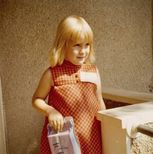 Creepy! But let me explain. Five years ago my parents moved off their farm to a house in town (Mountain Lake). They moved in March, but the folks who would be renting the homestead weren't going to be arriving until August. So every week or two that summer, I drove from the Twin Cities to spend a few days helping them clean out the house and some of the outbuildings. It was a hot, dry, Sisyphean summer: Would we ever, ever reach the end of things to be packed or sorted or discarded? Would it ever, ever rain again? The dolls in the above picture had been stored for years, maybe decades, in what we called the "chicken barn" (even though no chickens had lived there in my lifetime). Those dolls were my well-loved and well-worn childhood friends. My mom made clothes for them out of fabric left over from the clothes she made for me—in fact, the orange dress on the doll to the right came from the dress I wore on my first day of kindergarten. The day we tackled the chicken barn was supposed to be very hot, so we got to work especially early. And when I discovered my long-lost dolls, I set them out to catch the sun's first rays. After being shut away in the darkness for so many years, they deserved a little time in the golden glow of a July sunrise. Among those in my age group (early 50s), helping parents move is a common scenario--exhausting yet brimming with memories. So I won't stop with the dolls. Here are more photos from the summer of 2012. Maybe some of you will relate. I'm pretty sure this cowboy-themed toy bin helped me learn my letters and numbers. And then there's KerPlunk, a canister of Tinker Toys, and a leather-stenciling kit that belonged to my brother. Also in the chicken barn: the remains of my brother's purple-ribbon 4-H bug box. I think he went to the state fair with it. At one point it held a prized luna moth as well as a cecropia moth—true victories in the world of 4-H entomology. Now for something pretty! This intricate tissue-paper flower was made by my grandmother, along with several others. I wish I knew the occasion. These pictures are imbedded in my brain. The mountain one hung over the organ in the living room. The fruit one was in the dining room—but the troubling thing is, I had to really think to remember where it had been. And it's only been five years. More pictures that had been around as long as I could remember. But by 2012 they'd been relegated to the basement, where my dad had made room for a computer desk. This work of "art" was my doing. I put this puzzle together during all the snow days we had when I was in seventh or eighth grade. That was the era of my maroon body suit. (For some reason that's what comes to mind when I think of working on this puzzle.) A weed missed by the mower seized its chance to really show off. Even a key can be a sensory memory...its smoothness and weight... and the way you had to feel for just the right place to turn. I remember spending the better part of a day packing up the pantry. But what good old-fashioned farm pantry it was! During one visit I worked into the night and then took a few pictures. The lattice work cast an intricate shadow, and the picnic table seemed to float in midair. The view from inside the breezeway, facing the yard light and granary. A mama cat named Babe was happy for some company. Headlights on corn...one of the eeriest images there'll ever be. Hard to believe now, but as a kid I did undertake sewing projects now and then, mostly for 4-H (and always under the watchful eye of my mom). The tennis dress and the skirt I made from these patterns both ended up in my daughter's dress-up basket.
The dust of a summer's work covered my Sorento. A few sparse raindrops turned it into a canvas. My daughter, then 15, came out with me sometimes and amused herself by taking pictures. This is one of my favorites. It's how I like to remember the farm: both dreamy and substantial, and always inviting you to get up off your feet.
Near the end of the summer, I saw this sign at a coffee shop in St. Paul: Wow. Talk about unexpected. These words aren’t cheerful. They’re not intellectual. They’re not even cool or quirky. But I find myself still thinking about them weeks later. MAYBE YOU'RE WRONG. This isn’t a finger-wagging, confidence-destroying YOU’RE WRONG. And it’s not a timidly asked question we can easily dismiss. It’s a simple statement of fact that applies to virtually everything we think and do.
Maybe you’re wrong. Usually we receive the opposite message. We’re told to stand up for ourselves, believe in ourselves, celebrate ourselves! Snap judgments and arrogance are OK. Uncertainty is not. We don’t try to fully understand people or issues; instead we look for proof that we’re right and stop the search a few inches in front of our noses. We dig in our heels. (Anyone thinking of Congress now?) Consider this article by Marty Kaplan, “The Most Depressing Discovery about the Brain, Ever.” Here’s the gist: In Kahan’s experiment, some people were asked to interpret a table of numbers about whether a skin cream reduced rashes, and some people were asked to interpret a different table – containing the same numbers – about whether a law banning private citizens from carrying concealed handguns reduced crime. Kahan found that when the numbers in the table conflicted with people’s positions on gun control, they couldn’t do the math right, though they could when the subject was skin cream. The bleakest finding was that the more advanced that people’s math skills were, the more likely it was that their political views, whether liberal or conservative, made them less able to solve the math problem. Yup. Totally depressing. Of course it’s important to have convictions, and to live by them. And we can’t constantly be reevaluating our beliefs. We’d never get anywhere that way. What we can do is make a conscious choice to leave the window open a crack–whether that means double-checking an address, taking more time to listen, or allowing ourselves to have a more nuanced approach to important social issues. Maybe You’re Wrong isn’t catchy or cute. We’ll never see it on a T-shirt or cross-stitched onto a sofa pillow. But it wouldn’t hurt to paint it on our walls. 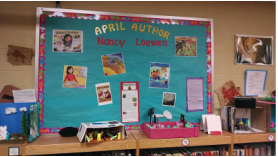 Presenting to schools as a visiting author means keeping track of a LOT of stuff. For a series of school visits I did in April in rural Minnesota, this meant: a laptop; projector; flash drives; power cords; books to sell or give away in drawings; bookmarks and postcards to hand out; directions, schedules, and contact information–plus all the usual things like a comb, cell phone charger, and reading glasses. (I think my next pair will be bright red, so I can keep track of them.) That’s not even counting the suitcase with practically all the business-casual clothes I own. Minnesota in April? Could be 30 degrees. Could be 80. Since I’m one of those people who can’t talk and do much of anything else at the same time, I knew it would be hard for me to be simultaneously friendly and organized. To make things a little easier, I made up a comprehensive list. Every item was assigned a location (backpack, tote, etc.) and a number. I would simply go down the list–everything would be in its place and I wouldn’t have to tax my brain too strenuously. My system worked great…until the day I completely dropped the ball. Or rather, I left behind the elephant. 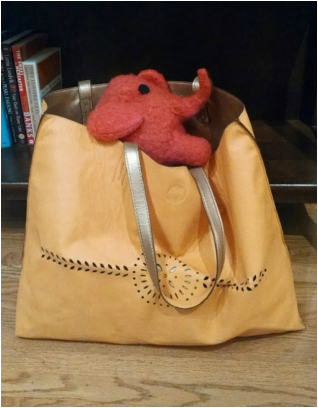 I’d had a fun time of it in Minneota. Because of testing schedules at the school, all four of my presentations were in the wrestling gym—floor-to-floor mats that required all of us to take off our shoes. I enjoyed that, actually. It was relaxing to pad about in front of the kids, instead of clicking about on low heels as I normally would. One of the kids pointed at my feet (I was wearing black nylon knee-highs) and asked, “Why are your feet that color?” And Nancy Dilley, assistant to the media specialist, was a very pleasant guide as she took me about. At noon she brought me to the nearby senior center, where lunch was a fundraiser potluck. I might have been back in my hometown church basement–my favorite potluck foods from childhood were all there. When my last presentation was over, Nancy offered to help me bring my things to the school library. I put my orange tote on her cart and off we went. One of the kindergarten teachers had bought the Scholastic version of The LAST Day of Kindergarten for her entire class, and I signed each copy. Then I just had to look at the art projects that were on display. The 5th and 6th graders had been given the best assignment ever: to make a diorama for a favorite book, using Peeps. No art museum could have made me happier! When it was time to go, I casually glanced through my things and didn’t bother to get out my checklist. I drove off to my hotel in Granite Falls, about 40 minutes away. As I was unloading my car, it hit me: My orange tote was back on Nancy’s cart in the Minneota school library. The most important things in the tote were some very old books and a homemade stuffed pink elephant. In my presentations, I’d been sharing my experience of helping my parents move off the farm a couple of years ago. I explained how I’d discovered a stash of books and toys that I remembered very well even though it had been more than 40 years since I’d looked at them. “The books you read when you’re kids,” I told them, “become a part of you, especially the books you read over and over. They live inside you, whether you’re aware of it or not.” At the end, when it was time for Q & A, I brought out the pink elephant that my mom made for me. The kids tossed the elephant around the room, and whoever caught it got to ask a question and then toss it to someone else. I always warned them that if things got too crazy, we’d do questions the usual way. But the elephant worked just fine and it was fun to see it flying about the room. I had four presentations in Granite Falls the next day. I really, really wanted those books and that elephant! I called the school, but it was after 5 by now and no one answered at the main office. I debated driving back anyway, because the school would probably be open for sports activities. But would the library be open? Not likely. Would a custodian be available? Maybe…but I would be driving an hour and a half to take that chance. So I called Nancy Dilley on her cell. She was in a meeting in Marshall, but even so, bless her, she offered to pick up the tote and drive it all the way to my hotel. I told her that I would be happy to do the driving if she could just access the tote. We decided to meet roughly halfway, at Hanley Falls. I was totally embarrassed by the whole episode, of course. But after a while I was able to put aside my mistake and simply enjoy being on the road. The sky! Great thunderheads were churning above the prairie. I marveled at the colors–the blues and golds shimmering and shifting as if being twirled about on a painter’s brush. Soon I was driving alongside one of the biggest rainbows I’d ever seen. And then a second rainbow appeared. I reached our meeting spot and gazed at both rainbows until they faded from the sky.
Nancy arrived with my orange tote; she, too, had seen the drama in the sky. I thanked her, impulsively hugged her, and we both went on our way. Like the well-remembered books from my childhood (and the pink elephant), I’m pretty sure these rainbows have become a part of me, too. |
Nancy Loewenis a children's book author, editor, tutor, mom of two adult children and one feisty cat, and collector of weird things. Featured Posts
My Reading Corps Service
Letters for Kids Double Rainbow A Blue Ribbon Day A Kind Neighbor, a Beaded Tree
Categories
All
Archives
December 2023
|
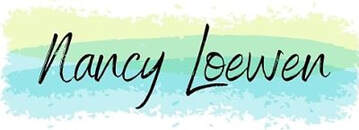
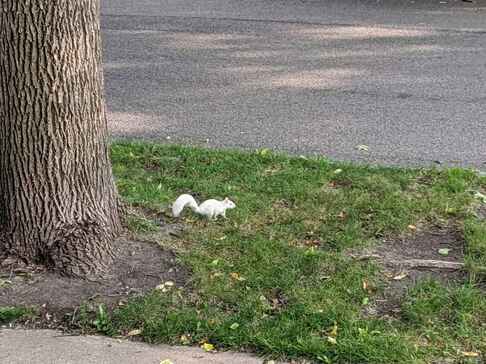
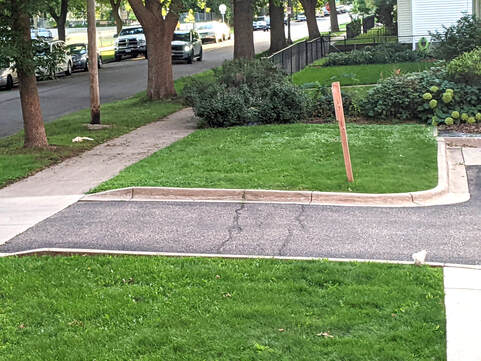
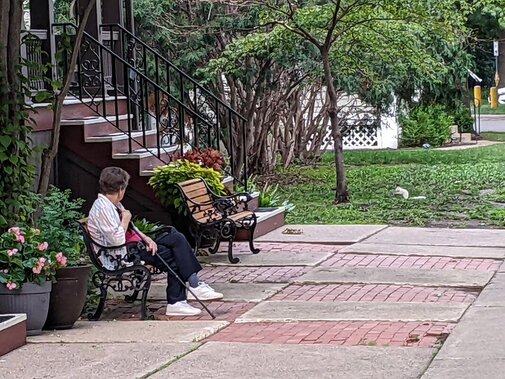

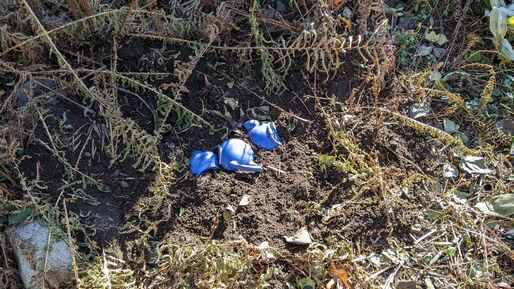
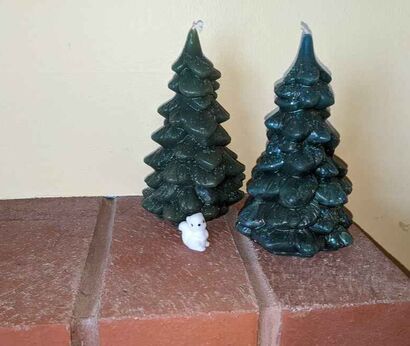
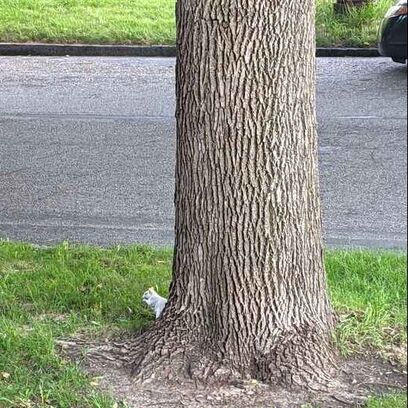
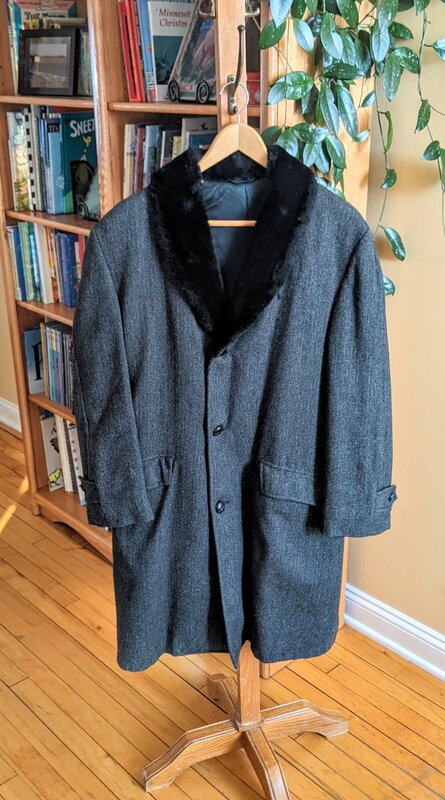
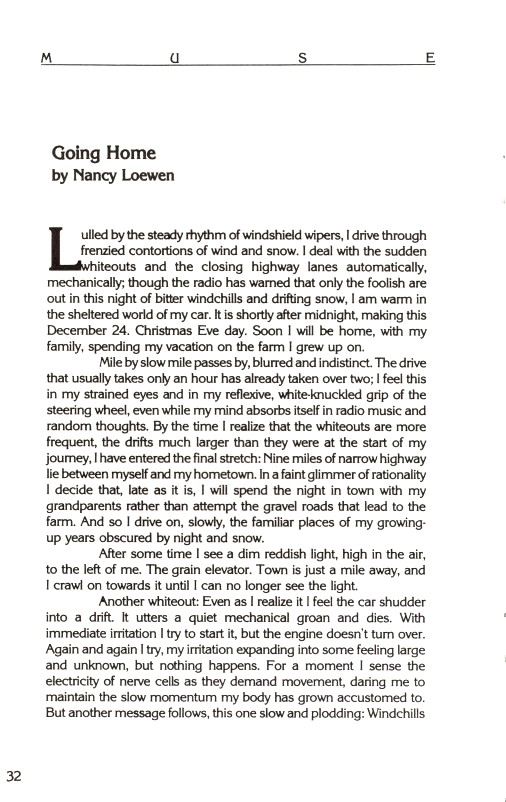
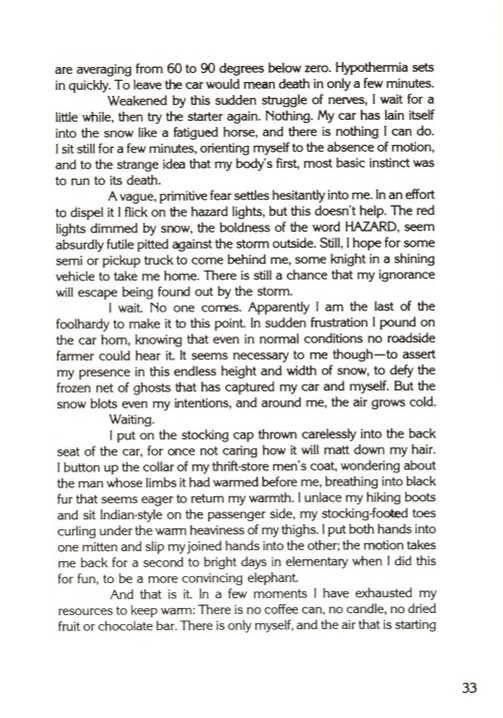
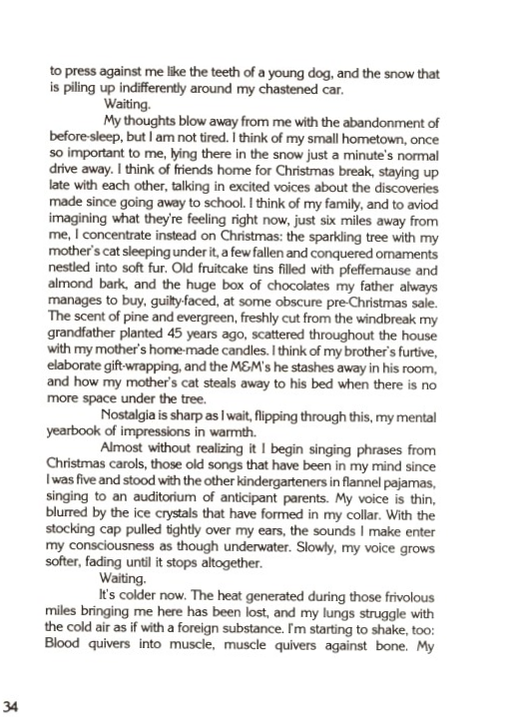
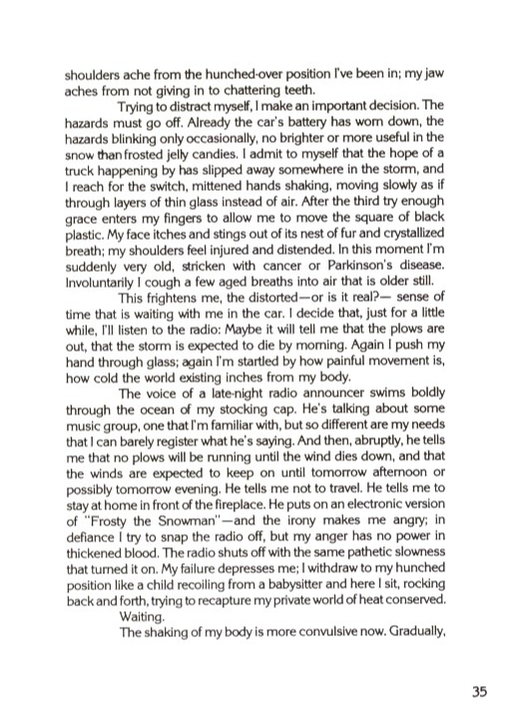
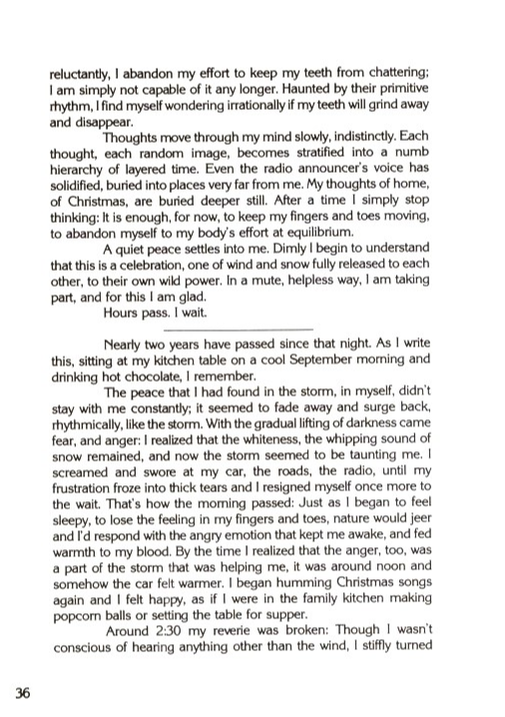
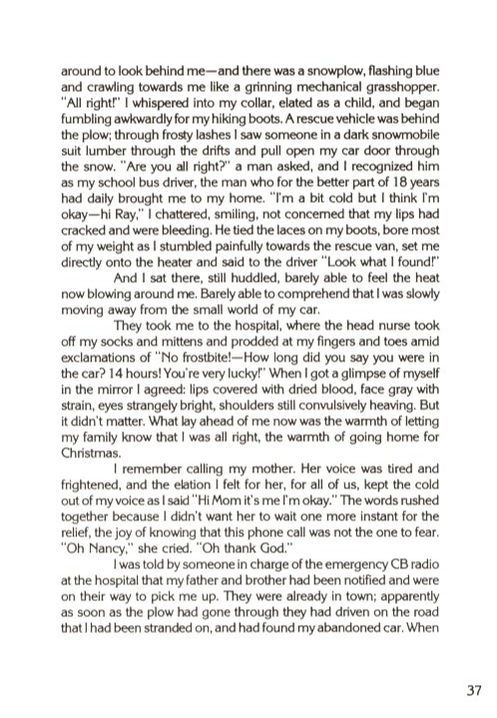
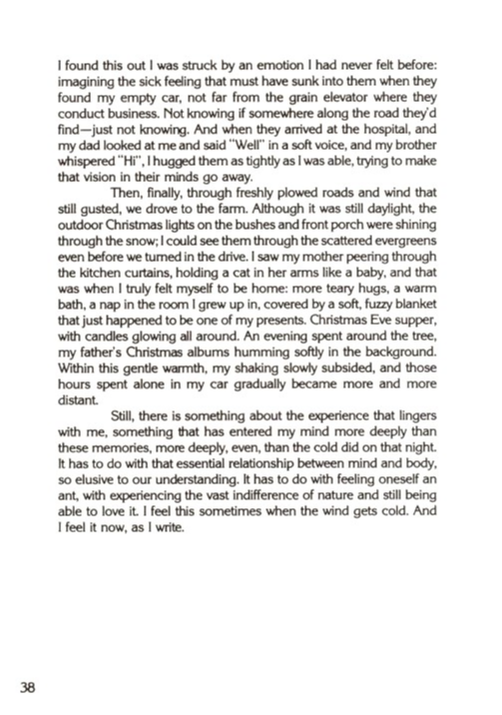

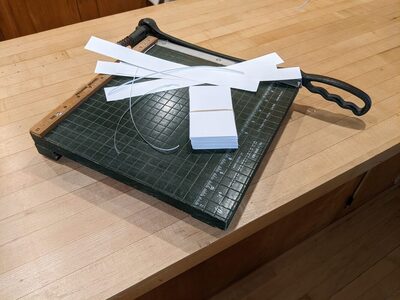
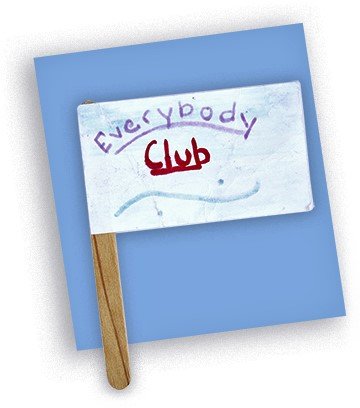
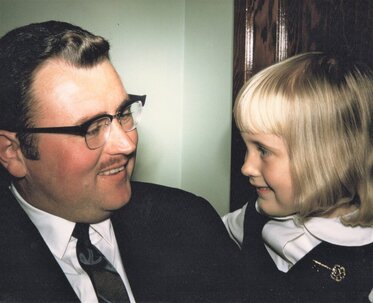
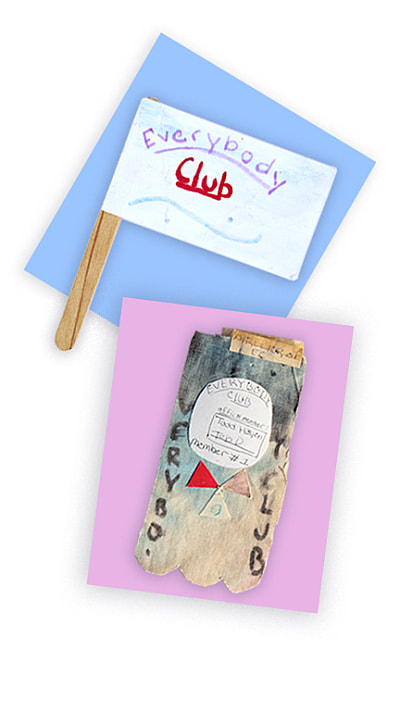
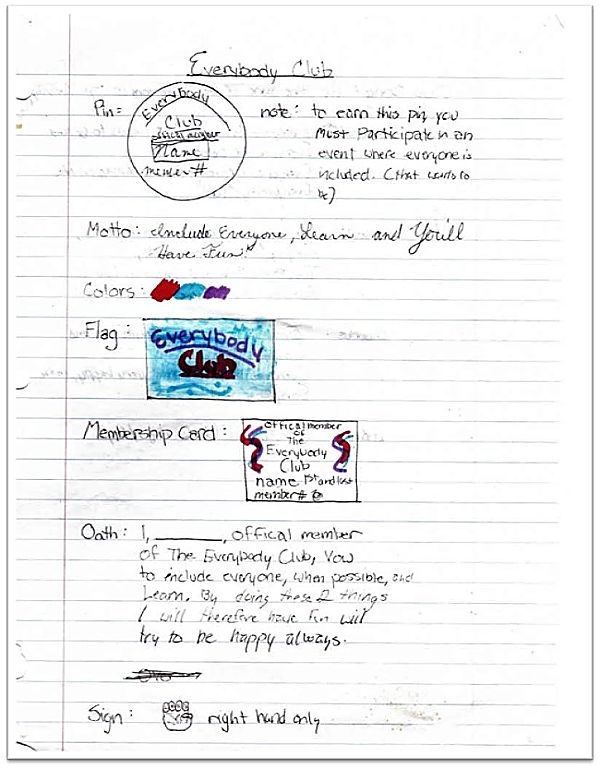
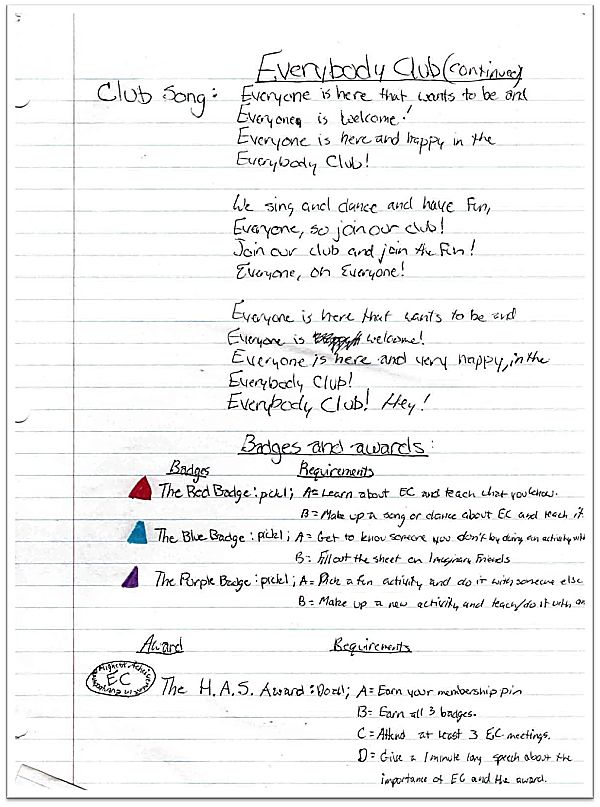
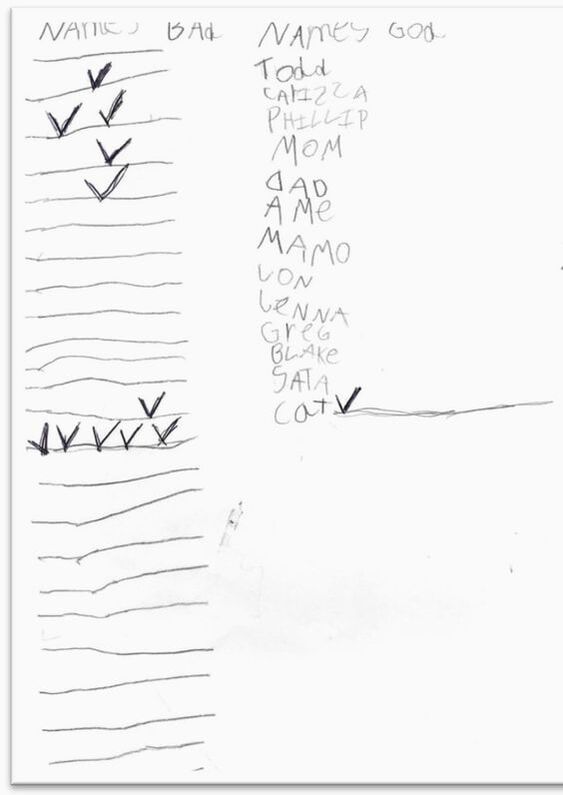
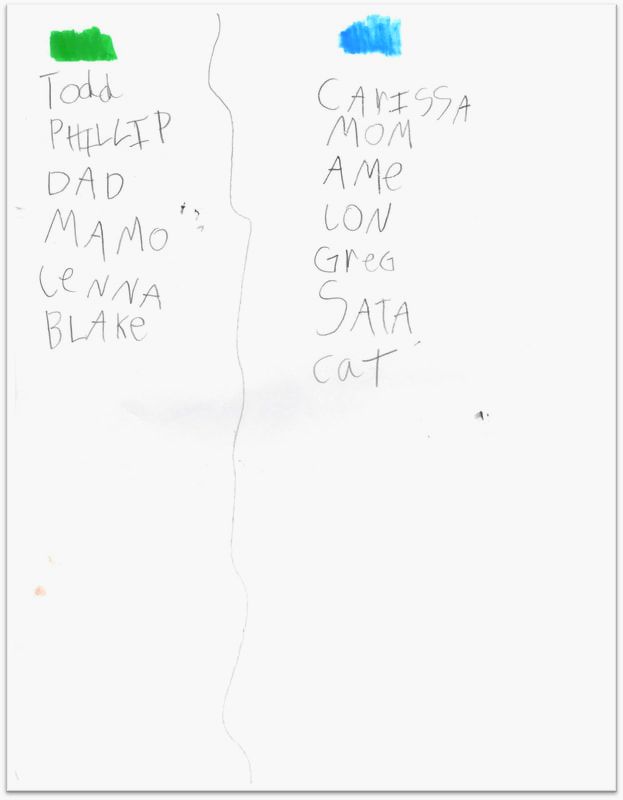
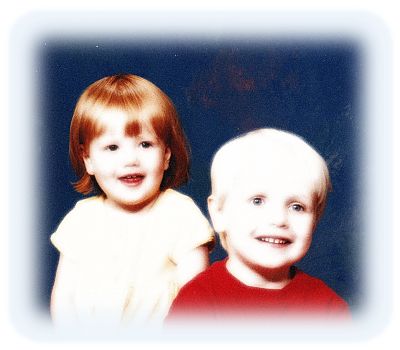
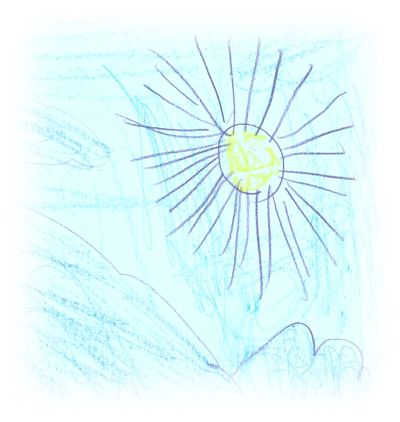
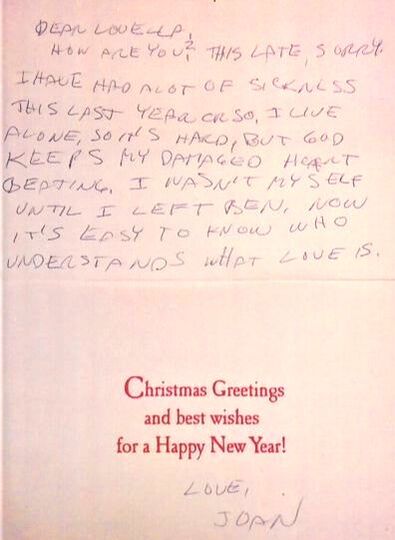
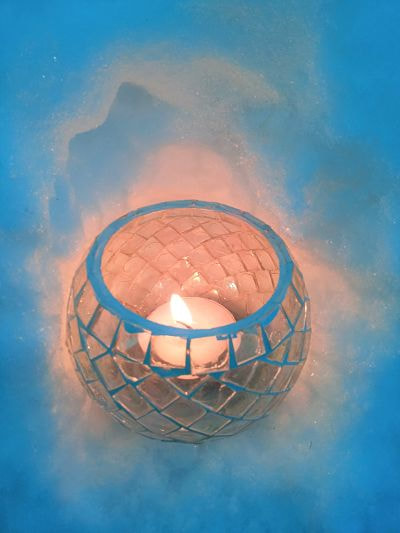
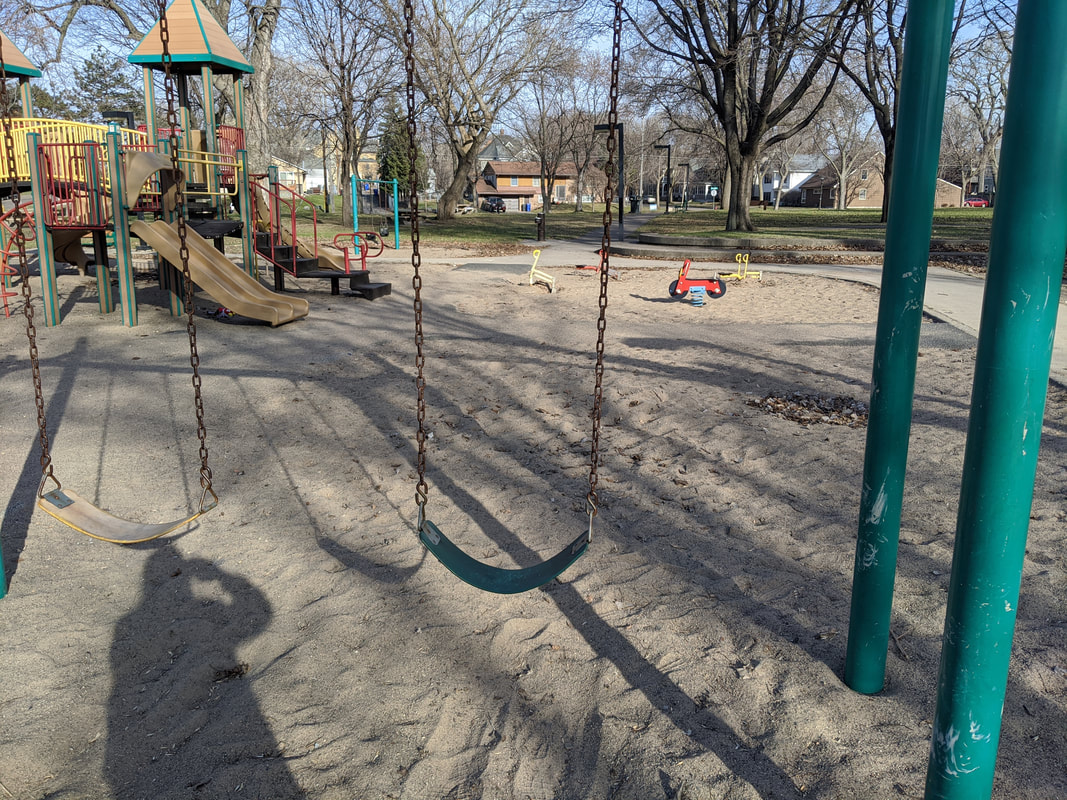
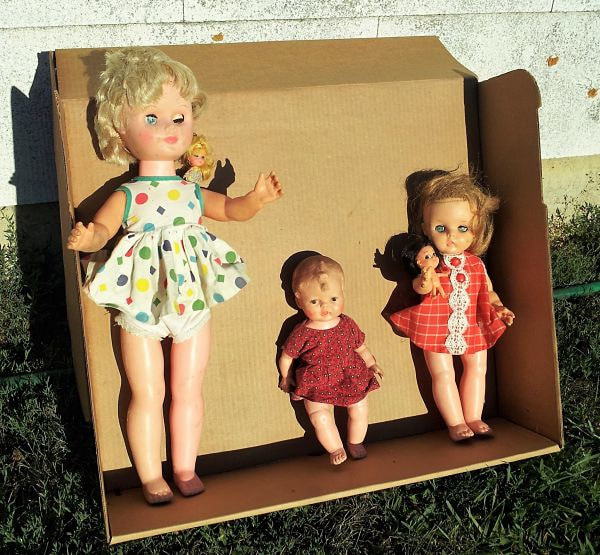
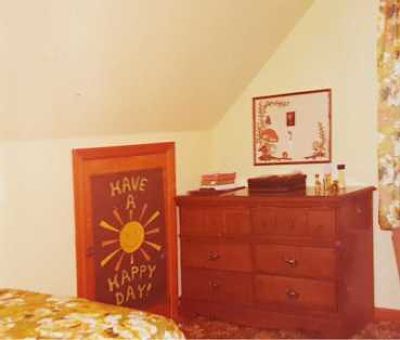
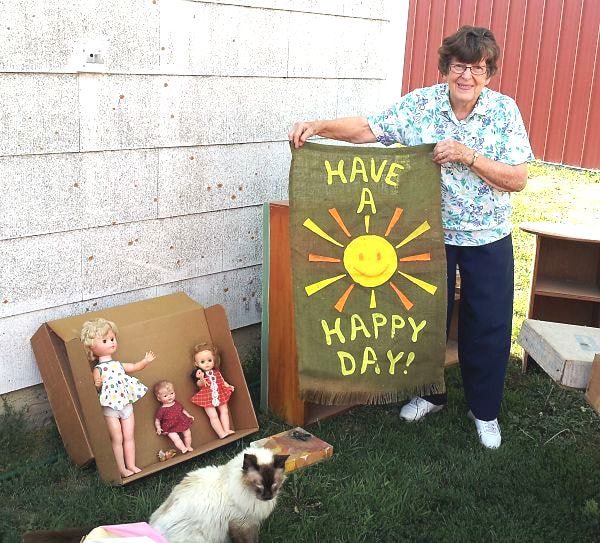
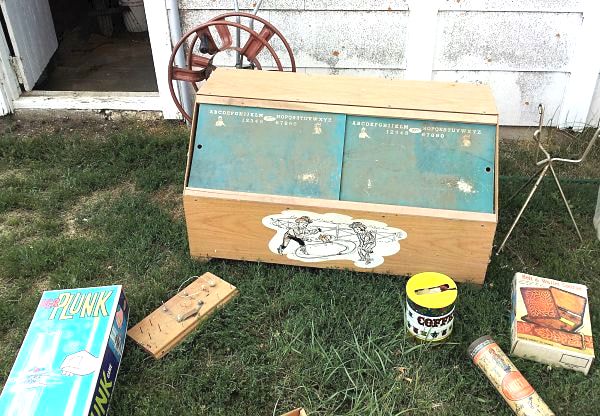
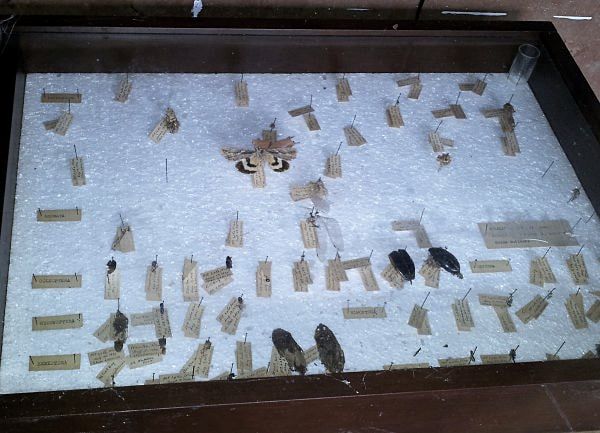
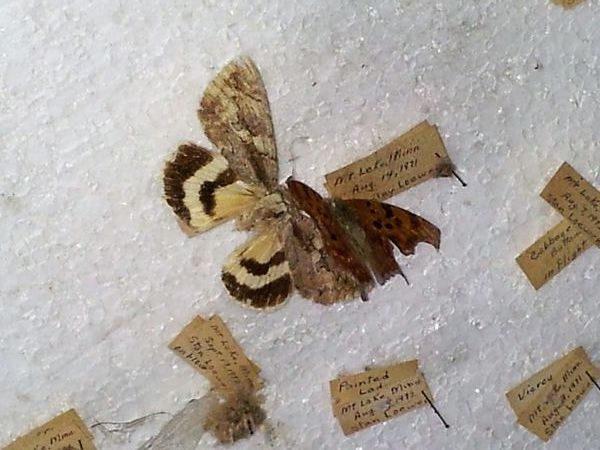
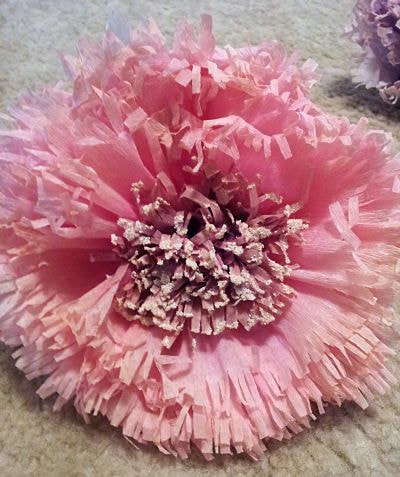
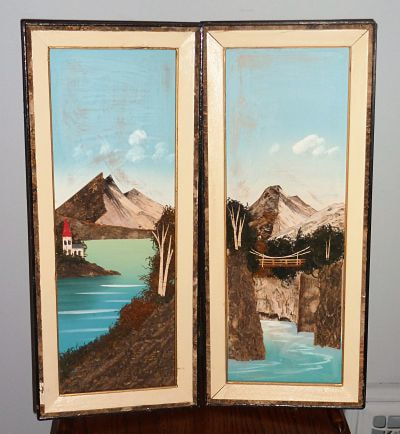
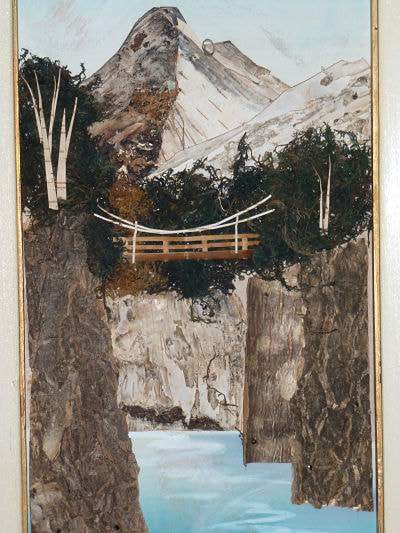

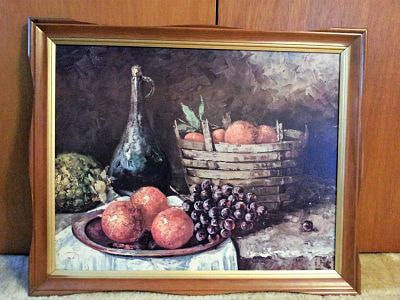
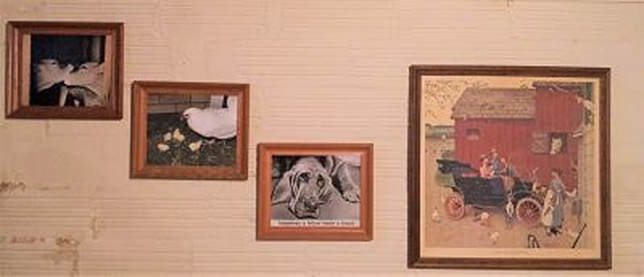
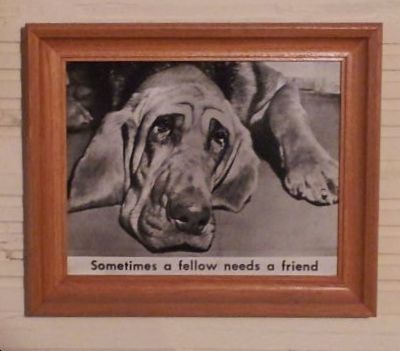
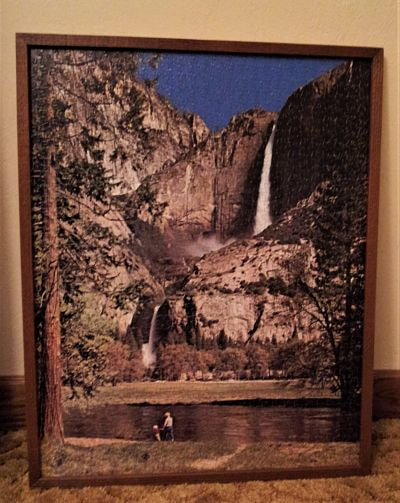
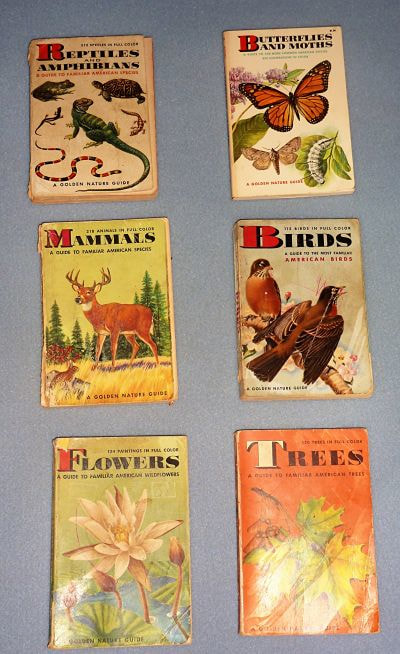
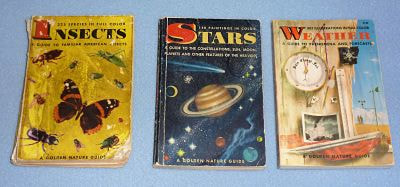
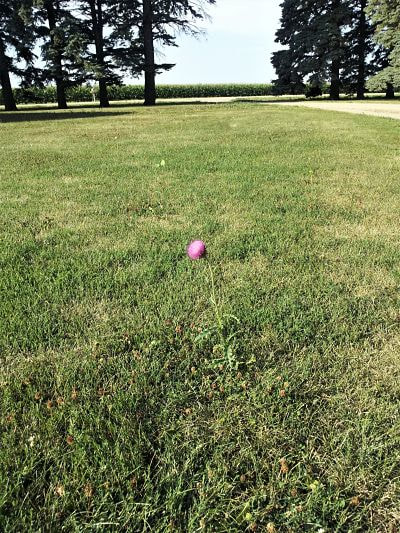
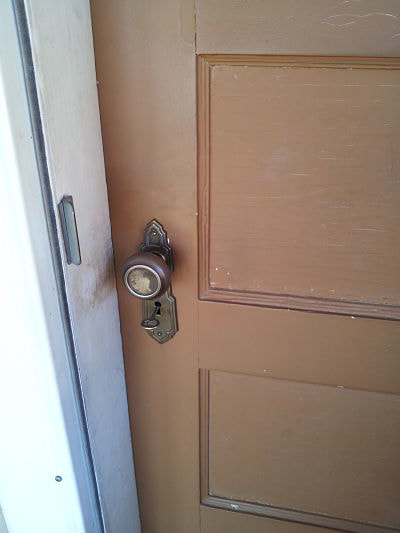
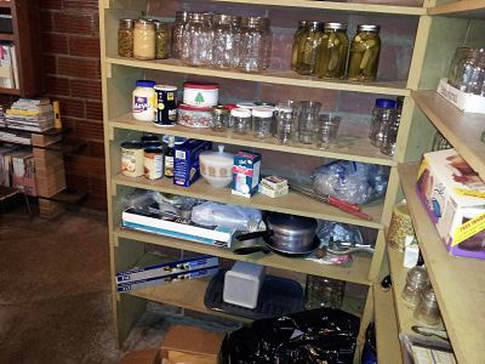
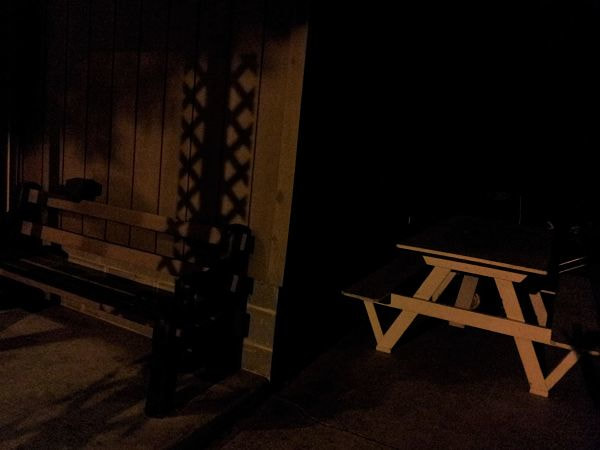
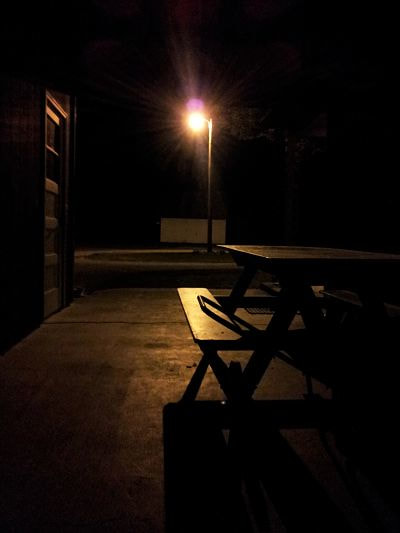
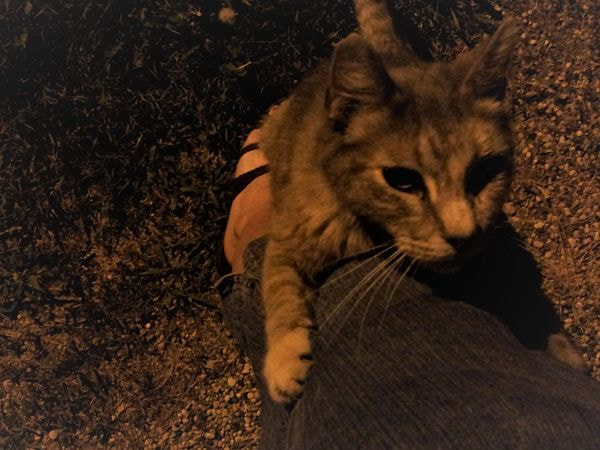
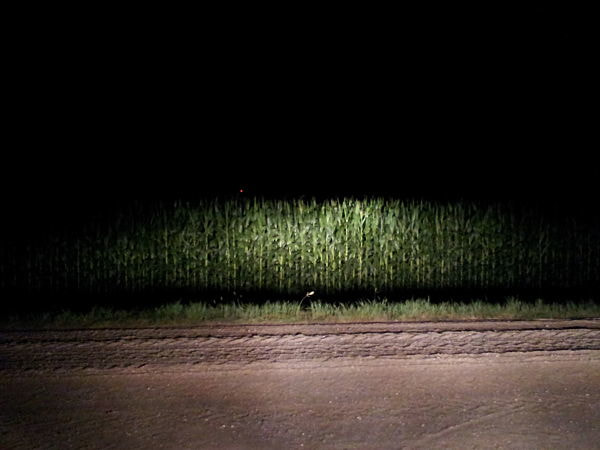
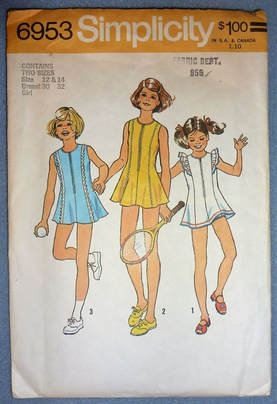
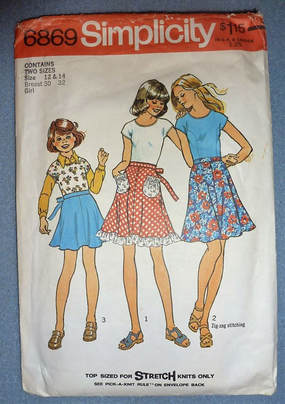
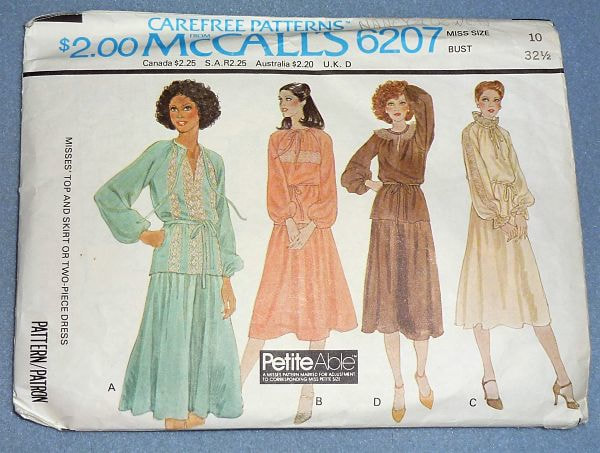
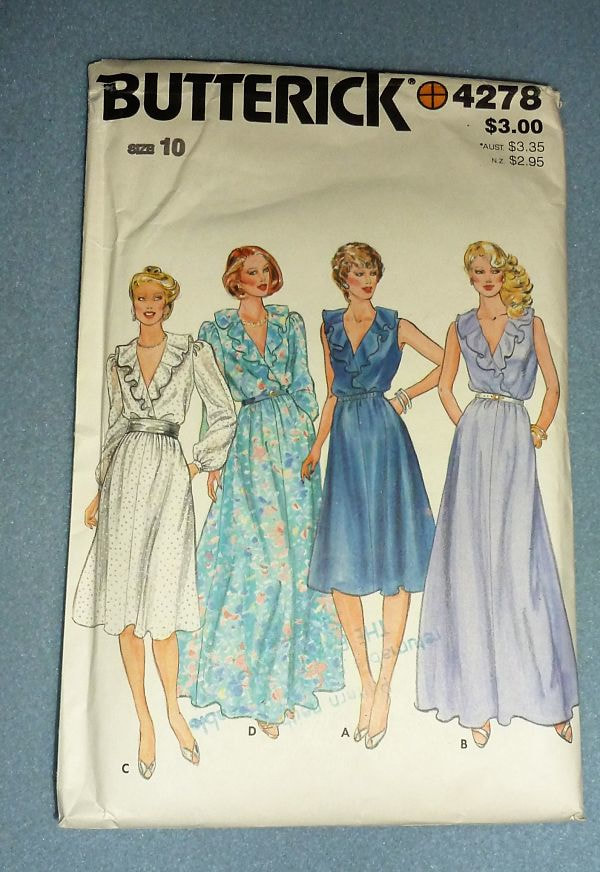
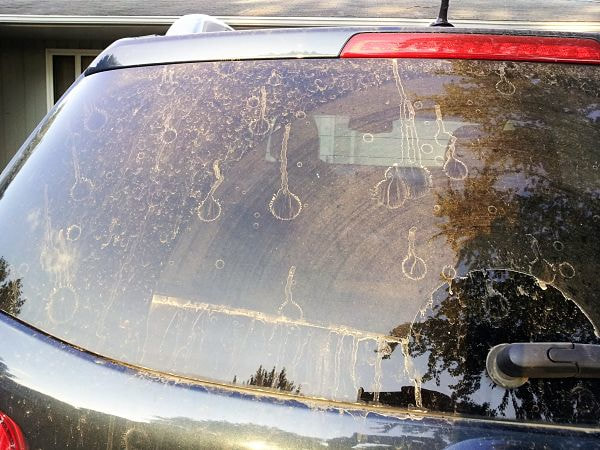

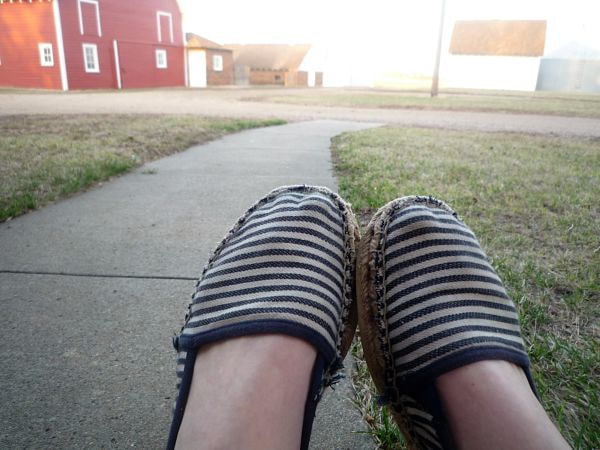
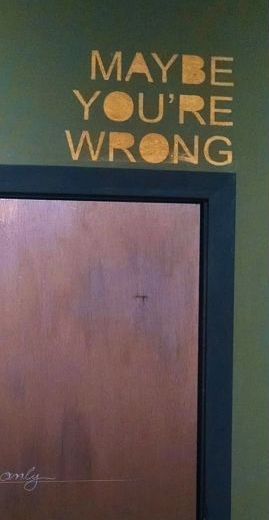
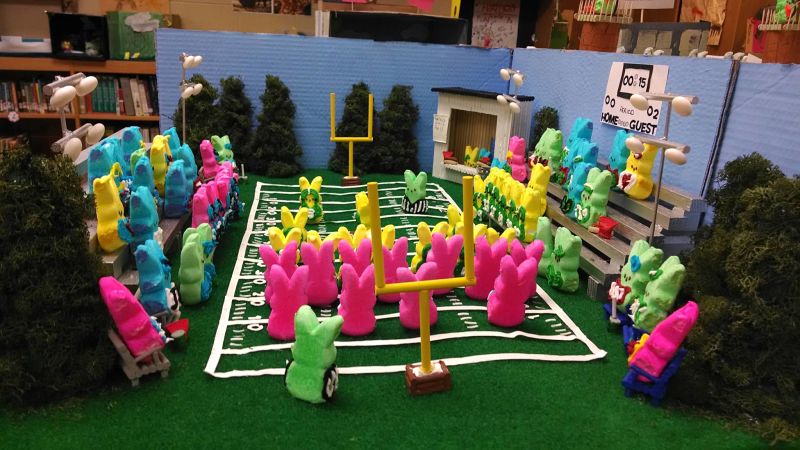
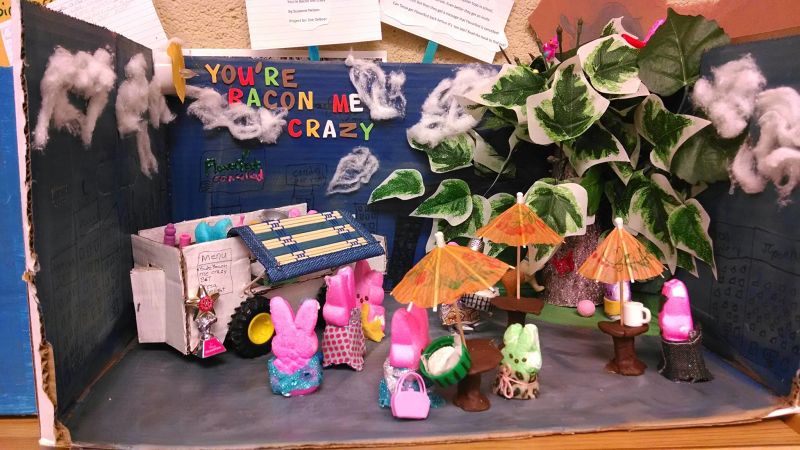
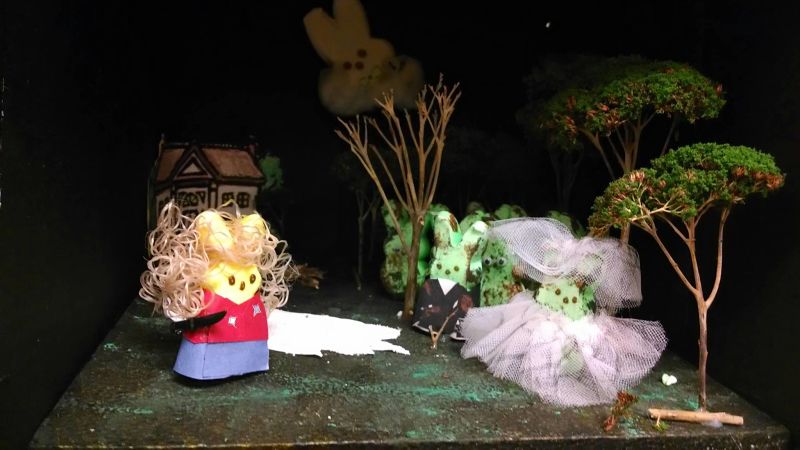
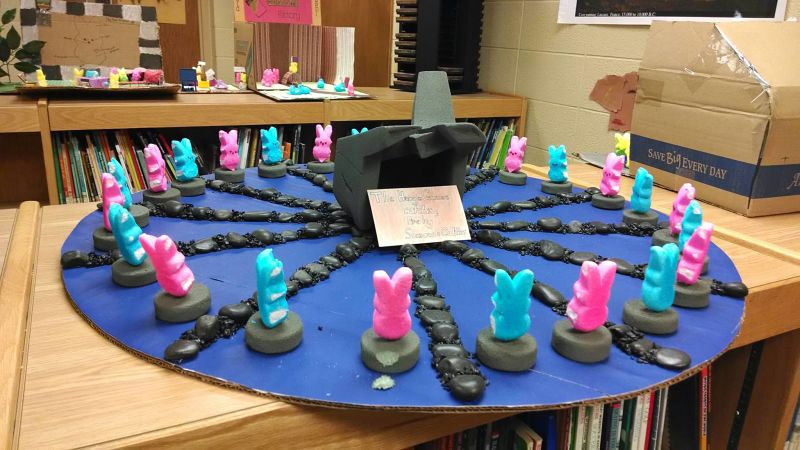
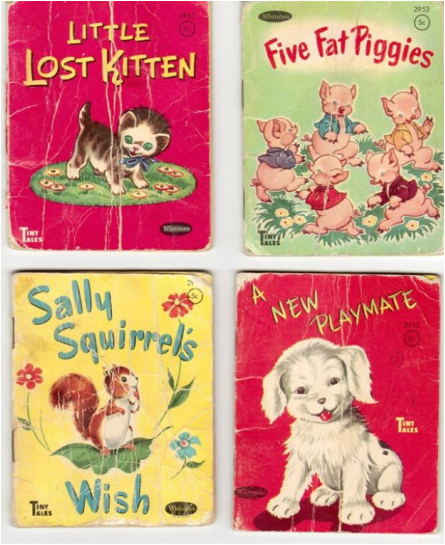
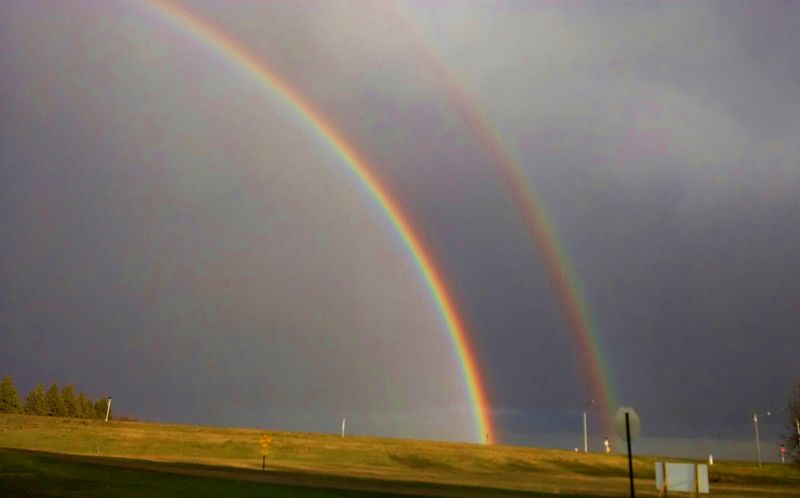

 RSS Feed
RSS Feed